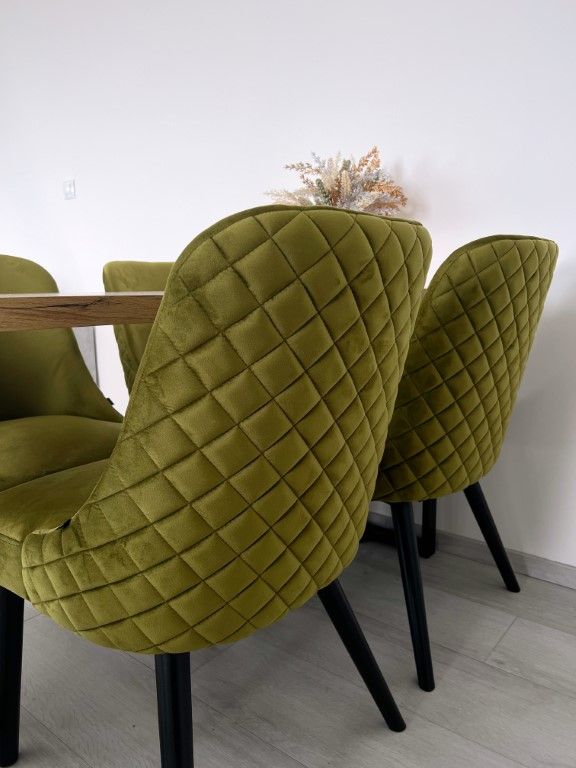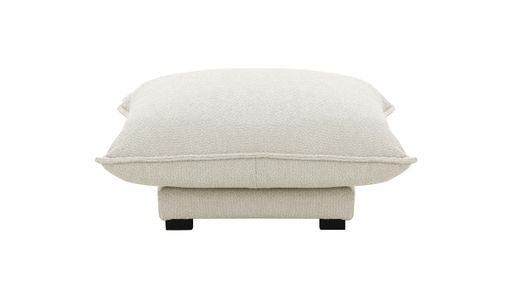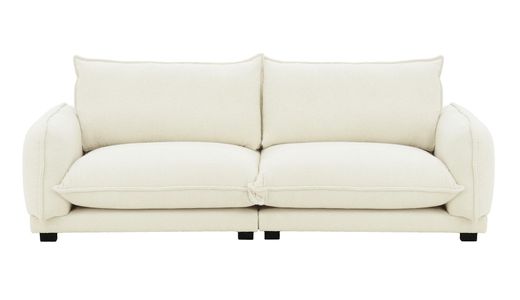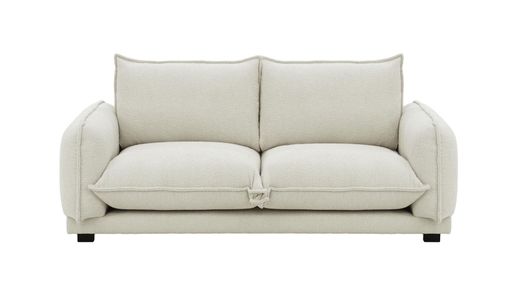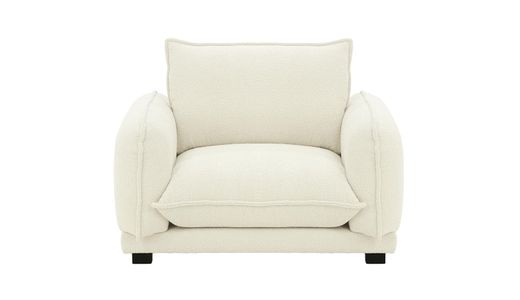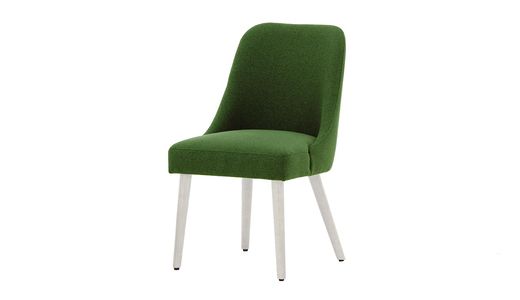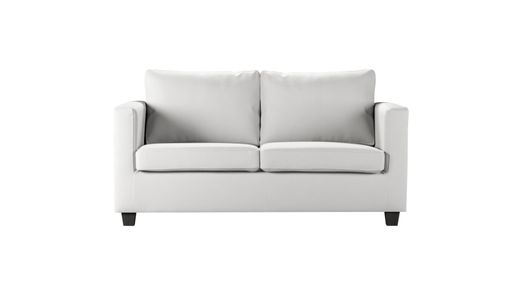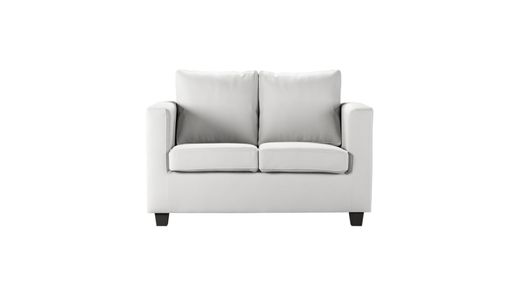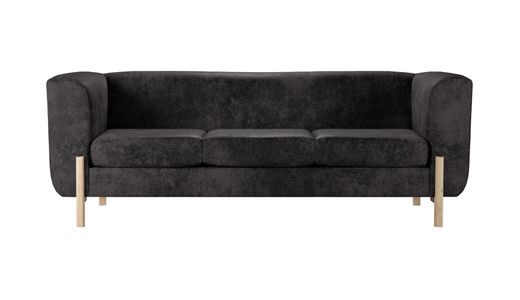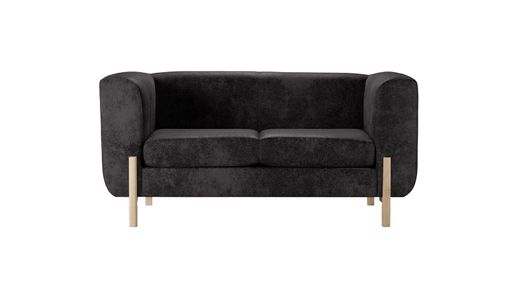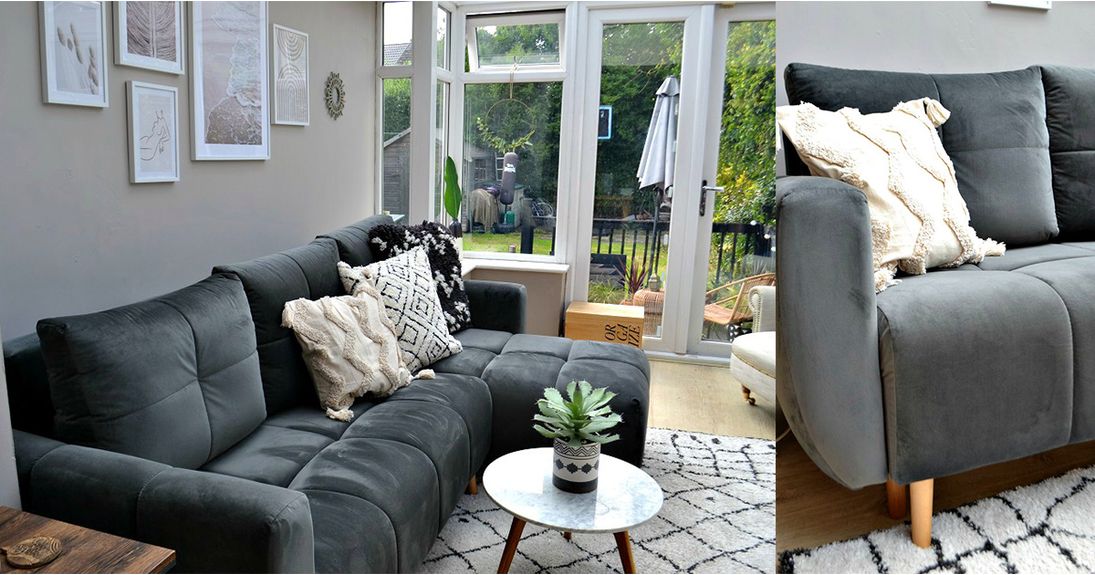
5 Ways to Keep Your Upholstered Furniture in Perfect Condition
Upholstered furniture, such as sofas and armchairs, not only serve as key interior décor elements but also as places where we spend many hours relaxing with family and friends. Therefore, it's essential to keep them looking their best and serving us well for years to come. Regular maintenance and care for these pieces not only extend their lifespan but also help maintain their aesthetic appeal.
Regular Cleaning and Vacuuming
Keeping upholstered furniture in ideal condition starts with regular cleaning and vacuuming. Daily use exposes sofas and armchairs to dust, pet hair, and crumbs. Systematic maintenance not only preserves their aesthetic appearance but also ensures hygiene in the home.
How often should you vacuum sofas and armchairs?
To keep upholstered furniture looking clean and tidy, it's advisable to vacuum them at least once a week. Regular vacuuming prevents the accumulation of dust and allergens, which is particularly important for allergy sufferers. In heavily used areas like the living room or children's room, the frequency may be higher.
Best vacuuming methods
Using appropriate vacuum cleaner attachments can significantly ease furniture cleaning. A upholstery brush is ideal for cleaning fabrics as it doesn't damage the material while effectively removing dirt. For leather sofas and armchairs, it's best to use a soft brush that won't scratch the surface. Also, remember to vacuum hard-to-reach areas like crevices between cushions or spaces under furniture.
Cleaning solutions for different materials
Choosing the right cleaning products is crucial for maintaining furniture in good condition. For upholstered fabrics, it's best to use special upholstery cleaners that effectively remove stains and refresh the material. Leather sofas and armchairs require products designed for leather – those that moisturize and protect the material from cracking. Avoid harsh detergents that could damage the furniture surface.
Stain Removal and Prevention
Stains can be a real challenge, especially if not addressed promptly. Learning how to effectively remove stains and prevent their formation is crucial for keeping sofas and armchairs in pristine condition.
Quick response to stains – how to effectively remove fresh stains
The most important rule when removing stains is to act quickly. The faster we take action, the greater the chance of completely removing the stain. In the case of spilled liquids such as drinks or food, first gently blot up excess liquid with a paper towel or soft cloth. Then apply the appropriate cleaning solution – for water-based stains, water with mild detergent is sufficient, while oily stains require a degreaser.
Home remedies for tough stains
Many stains can be removed using household remedies. Here are a few proven methods:
- Coffee and tea stains: Mix water with white vinegar in a 1:1 ratio and gently dab the stain.
- Wine stains: Sprinkle the stain with baking soda and leave it for a few minutes, then rinse with water.
- Greasy stains: Sprinkle the stain with cornstarch or talcum powder, wait a few hours, then vacuum.
Always test your chosen cleaning solution on an inconspicuous part of the furniture to ensure it doesn't damage the material.
Stain prevention measures
To prevent stains from occurring, consider using upholstery fabric protectors. These products create an invisible barrier on the material surface, protecting it from liquid absorption and dirt. It's worth reapplying the protector every few months, especially in high-traffic areas. Additionally, using furniture covers such as throws or slipcovers that can be easily removed and washed is beneficial.
Protecting Furniture from Sunlight and Other External Factors
Sunlight, humidity, and other external factors can negatively affect the condition of your upholstered furniture. Proper protection against these factors is crucial to prevent fading, cracking, or deformation of materials.
How sunlight affects upholstery materials and colour
Sun rays, especially UV rays, can cause colours to fade over time and weaken upholstery materials. Leather sofas and armchairs are particularly susceptible to drying out and cracking in sunlight. Textiles may lose colour intensity and become more prone to mechanical damage. To prevent this, it's advisable to place furniture in areas less exposed to direct sunlight.
Placing furniture away from direct sunlight
The arrangement of furniture in a room can significantly affect its durability. Try to place sofas and armchairs in areas where they won't be directly exposed to sunlight for most of the day. If possible, place them in the shade or in areas where the sun only reaches for a short time. Alternatively, you can use curtains, blinds, or shutters to reduce the amount of sunlight reaching the furniture.
Using protective covers and curtains
Protective covers are an excellent solution for those who want to maximize the protection of their furniture. They are particularly useful during periods when furniture is not in use, such as during vacations. Covers prevent dust buildup and protect against sunlight and other harmful factors. It's also worth investing in curtains or blinds with a high UV protection factor to protect the interior of the house from excessive sunlight and thus protect the furniture.
Regular Maintenance and Inspections
Regular maintenance and inspection of upholstered furniture are crucial actions that allow for the early detection and repair of minor damage before it escalates into more serious problems. It's a good idea to establish a routine of regular inspections to ensure the longevity and comfort of sofas and armchairs.
How often to check the condition of furniture?
It's best to conduct a thorough inspection of furniture at least once every three months. This frequency allows for early detection of potential issues such as loose screws, cracks in the frame, or fabric wear and tear. For heavily used furniture, inspections may be done monthly.
What to look for during inspections
During furniture inspections, pay attention to several key aspects:
- Structural stability: Check if the furniture is stable and not wobbly. Inspect all screws and joints, tightening those that are loose.
- Condition of upholstery fabric: Examine the fabric for signs of wear, tears, or discolouration. For leather, check for cracks or dry spots.
- Cushions and filling: Make sure the cushions are evenly filled and haven't lost their resilience. If needed, you can wash or replace the filling.
Performing minor repairs yourself
Many minor repairs can be done independently, saving time and money. Here are a few simple tasks you can do:
- Tightening screws and joints: Use the appropriate tools to tighten loose screws and reinforce furniture joints.
- Repairing tears and cuts: For small fabric tears, you can use upholstery repair kits containing patches and special adhesives. Leather furniture can be repaired using special waxes and balms.
- Replacing cushion filling: If cushions have lost their resilience, you can open them and add new filling, such as foam or silicone beads.
Professional Cleaning – When to Consider It?
While regular, home cleaning and maintenance of upholstered furniture are essential, sometimes it's necessary to enlist the help of professionals. Professional cleaning can provide deeper and more effective removal of contaminants that may be difficult to eliminate at home.
When should you consider professional furniture cleaning?
Professional cleaning is worth considering in several situations:
- Stubborn stains: If you're dealing with stubborn stains that don't come off despite your efforts, a professional company may have specialized products and techniques that are more effective.
- Neglected furniture: If your furniture hasn't been thoroughly cleaned for a long time, it may require a thorough refresh that only professional cleaning can provide.
- Leather furniture: Leather sofas and armchairs require special care, and professional cleaning and maintenance can prevent cracking and drying out of the leather.
- Allergies: If someone in the household suffers from allergies, regular professional cleaning can help remove allergens such as dust mites, dust, and pet dander.
How to choose the right cleaning company?
Choosing the right cleaning company is crucial to ensure the best quality of service. Here are a few steps to take:
- Check reviews: Look through online reviews and ask friends and family for recommendations.
- Certifications and experience: Make sure the company has appropriate certifications and experience in cleaning upholstered and leather furniture.
- Range of services: Inquire about the cleaning methods they use and whether they offer additional services such as stain protection or damage repair.
- Cost: Request a quote for the service and ensure that the price is commensurate with the quality of service offered.
Benefits of professional cleaning
Professional cleaning offers many benefits:
- Deep cleaning: Professional companies have equipment and products that provide deeper and more effective cleaning than what can be achieved at home.
- Material protection: Specialists know how to properly care for different types of materials, which helps prolong their lifespan.
- Allergen removal: Professional cleaning effectively removes allergens, which is especially important for the health of household members.
- Appearance refresh: Furniture after professional cleaning looks like new, enhancing the interior aesthetics.
Maintaining sofas and armchairs in perfect condition doesn't have to be difficult or time-consuming if you implement our proven methods of regular cleaning, prompt stain removal, sun protection, systematic maintenance, and use of professional services. With these simple steps, your furniture will always look like new, providing comfort and aesthetics to your interior for many years.
